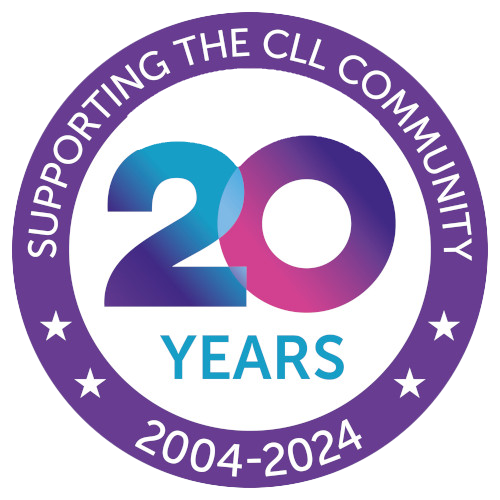
16th March 2021
Following recent research, we have received many questions regarding how well the current Covid vaccinations work for immunocompromised patients, including CLL patients.
We understand that this will be very concerning news and want to explain more about what this research means for you.
The research looks at vaccine response in 205 people with cancer who received the Pfizer vaccine. Of these, 56 had blood cancer. These are very small numbers, but to give you an idea of how small it’s worth mentioning that within those 56 people are a vast spread of different diseases. This includes, for example, only 11 people with CLL, four with follicular lymphoma, three with acute myeloid leukaemia (AML), two with either MDS or MPN and one with Burkitt’s lymphoma.
With such a spread, it’s impossible to draw conclusions on each disease type and what other factors might influence covid vaccine response as the numbers of people included are so limited
Also, the study team collected samples from people as they came to hospital to receive their treatment. Around half of people included in this study had received treatment 15 days before their first dose of this vaccine, and the treatment they were receiving is likely to have had an impact on their immune response.
There are two main ways your immune system might fight off Covid: your antibodies and your T cells.
After one dose of the Pfizer vaccine, an antibody response was only seen in 13% of people with blood cancer and a T cell response was seen in 50%. In the 13% of people who did produce antibodies, the team looked to see if these antibodies were able to destroy the coronavirus to see if the antibodies functioned as they would in a healthy person. Most people with antibodies were able to destroy the virus indicating that they likely would have some protection.
The people who had an antibody response were not necessarily those who had a T cell response and many people with blood cancer who had a T cell response did not have antibodies. This shows that at least 50%, maybe more, had some sort of immune response to vaccination.
Clearly this is a mixed picture of results. Firstly, it’s important to remember that this was only after the first dose of the Covid vaccine, and we need to know what happens after the second dose. It’s also important to remember that as it stands, we do not know which cells give most protection against the coronavirus. If T cells are found to be the most important then these results are more promising for blood cancer patients.
For people with solid cancers, 95% of people who had their second dose within three weeks produced antibodies after the second vaccine compared to only 43% who had not received their second dose. There wasn’t enough evidence to show that this was the case people with blood cancer, but there is some indication that a booster dose at three weeks may improve the response for people with blood cancer. With our sister blood cancer charities, we are asking the JCVI, who are the committee that make decisions on vaccine scheduling, to consider whether bringing the second dose forward for all people with cancer could increase their protection.
Whilst the findings of this study might immediately seem alarming, it’s important to emphasise that it is far from the full picture and there continues to be a significant gap in our knowledge about how effective vaccines are in people with blood cancer.
Until we fill that gap, it’s vital that people with CLL/SLL continue to be cautious and shield themselves as much as possible. If you have CLL/SLL and have had the vaccine, you cannot assume that it’s given you protection.
Yet it’s also incredibly important that people continue to have the vaccine and go for their vaccine appointments, as even a small level of protection could still be important, and we are yet to understand what happens following the second dose.
You can find a short video on the research findings here.
Who we are
We are a patient led UK charity, our mission is to support and empower CLL patients, their families and their carers.
Read moreOur 24 hour membership telephone number is: 0800 977 4396
About CLL
CLL is a malignancy of B lymphocytes, one of several types of cells of the immune system.
Read moreAbout CLL
Donate
Donate to support our CLL community
Donate nowHealthUnlocked
Connect to others who understand
Open in a new tab